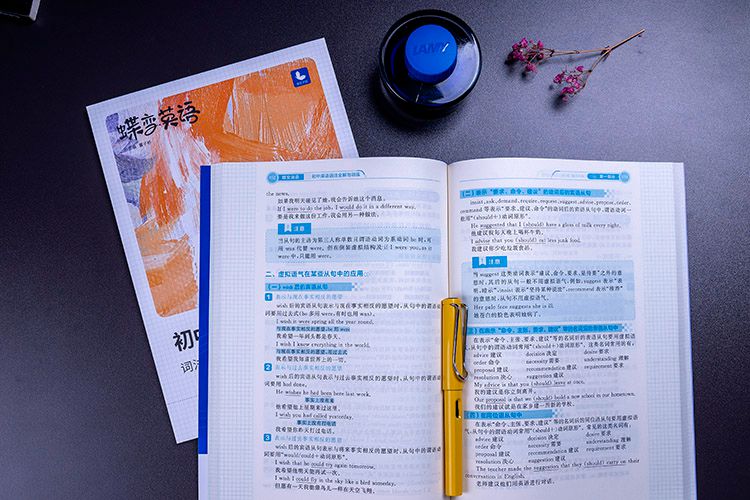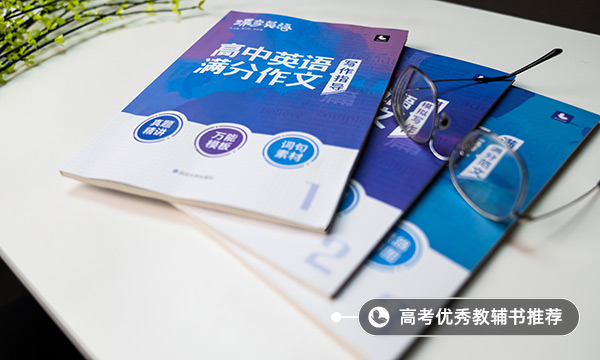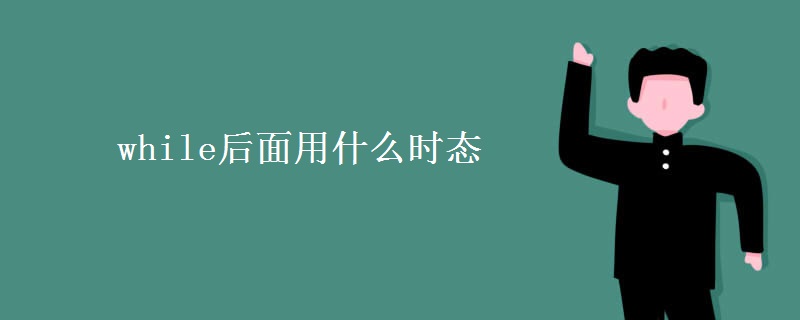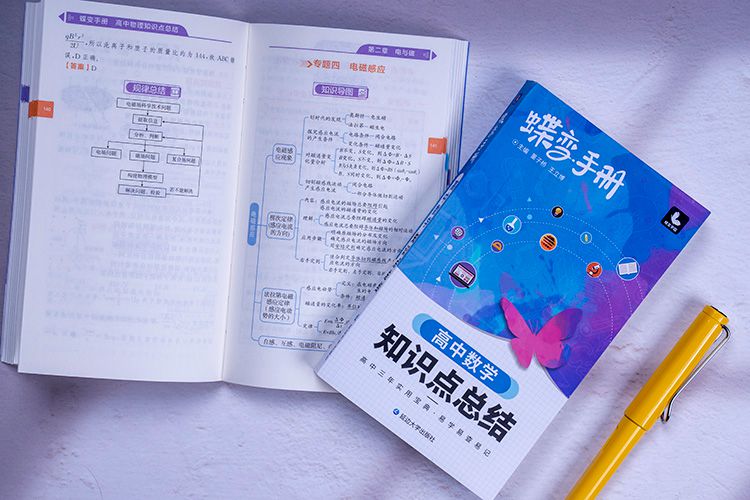八大时态的结构与用法归纳
2022-10-01 17:05:15文/王莹八大时态:1. 一般现在时;2.一般过去时;3.现在进行时;4.过去进行时;5.现在完成时;6.过去完成时;7.一般将来时;8. 过去将来时。接下来将总结八大时态的结构及用法,供大家参考。

八大时态的结构
1、一般现在时:动词+原形
2、一般过去时:was/were;动词变过去式
3、现在进行时:am/is/are+doing
4、过去进行时:was/were+doing
5、现在完成时:have/has+done
6、过去完成时:had+done
7、一般将来时:am/is/are/going to+do;will/shall+do.
8、过去将来时:was/were/going to+do;would/should+do.
八大时态的用法
一、 一般现在时:
1.概念:经常、反复发生的动作或行为及现在的某种状况。
2.时间状语:always, usually, often, sometimes, every week (day, year, month...), once a week, on Sundays,
3.基本结构:动词 原形 (如主语为第三人称单数,动词上要加(e)S)
4.否定形式:am/is/are+not;此时态的谓语动词若为行为动词,则在其前加don't,如主语为第三人称单数,则用doesn't,通常还原行为动词。
5.一般疑问句:把be动词放于句首;用助动词do提问,如主语为第三人称单数,则用does,同时,还原行为动词。
6.例句:It seldom snows here.
He is always ready to help others.
Action speaks louder than words.
二、 一般过去时:
1.概念:过去某个时间里发生的动作或状态;过去习惯性、经常性的动作、行为。
2.时间状语:ago, yesterday, the day before yesterday, last week(year, night, month…), in 1989, just now, at the age of 5, one day, long long ago, once upon a time, etc.
3.基本结构:be动词;行为动词
4.否定形式:was/were+not;在行为动词前加didn't,同时还原行为动词。
5.一般疑问句:was或were放于句首;用助动词do的过去式did 提问,同时还原行为动词。
6.例句:She often came to help us in those days.
I 三、 现在进行时:
1.概念:表示现阶段或说话时正在进行的动作及行为。
2.时间状语:now, at this time, these days, etc.
3.基本结构:am/is/are+doing
4.否定形式:am/is/are+not+doing.
5.一般疑问句:把be动词放于句首。
6.例句:How are you feeling today?
He is doing well in his lessons.didn't know you were so busy.
四、 过去进行时:
1.概念:表示过去某段时间或某一时刻正在发生或进行的行为或动作。
2.时间状语:at this time yesterday, at that time或以when引导的谓语动词是一般过去时的时间状语等。
3.基本结构:was/were+doing
4.否定形式:was/were + not + doing.
5.一般疑问句:把was或were放于句首。
6.例句:At that time she was working in a PLA unit.
When he came in, I was reading a newspaper.
五、 现在完成时:
1.概念:过去发生或已经完成的动作对现在造成的影响或结果,或从过去已经开始,持续到现在的动作或状态。
2.时间状语:recently, lately, since…for…,in the past few years, etc.
3.基本结构:have/has + done
4.否定形式:have/has + not +done.
5.一般疑问句:have或has提前
6.例句:I've written an article.
It has been raining these days.
六、 过去完成时:
1.概念:以过去某个时间为标准,在此以前发生的动作或行为,或在过去某动作之前完成的行为,即“过去的过去”。
2.时间状语:before, by the end of last year(term, month…),etc.
3.基本结构:had + done.
4.否定形式:had + not + done.
5.一般疑问句:had放于句首。
6.例句:As soon as we got to the station, the train had left.
By the end of last month. We had reviewed four books
七、 一般将来时:
1.概念:表示将要发生的动作或存在的状态及打算、计划或准备做某事。
2.时间状语:tomorrow, next day(week, month, year…),soon, in a few minutes, by…,the day after tomorrow, etc.
3.基本结构:am/is/are/going to + do;will/shall + do.
4.否定形式:was/were + not; 在行为动词前加won't,同时还原行为动词。
5.一般疑问句:be放于句首;will/shall提到句首。
6.例句:They are going to have a competition with us in studies.
It is going to rain.
八、 过去将来时:
1.概念:立足于过去某一时刻,从过去看将来,常用于宾语从句中。
2.时间状语:the next day(morning, year…),the following month(week…),etc.
3.基本结构:was/were/going to do;would/should + do.
4.否定形式:was/were/not + going to + do;would/should + not + do.
5.一般疑问句:was或were放于句首;would/should 提到句首。
6.例句:He said he would go to Beijing the next day.
I asked who was going there .
 英语八大时态的句式结构和用法
英语八大时态的句式结构和用法英语的八大时态包括一般现在时、一般过去时、现在进行...
2022-09-11 高中英语八种英语时态口诀
高中英语八种英语时态口诀英语时态口诀:现在进行时很好记。结构be,动词in...
2022-04-20 just now用什么时态 是什么意思
just now用什么时态 是什么意思“当justnow表示“刚才、一会儿之前”等意思的...
2022-01-30 hasbeen是什么时态
hasbeen是什么时态hasbeen是现在完成时。现在完成时表示过去发生...
2022-01-13 in +一段时间用什么时态
in +一段时间用什么时态现在时、过去时、将来时。过去时就是过去式,是英语语...
2021-11-10 ever since用什么时态
ever since用什么时态完成时。ever since可作为副词,解释“此后...
2021-11-07 since的用法时态 使用方法有哪些
since的用法时态 使用方法有哪些since一般用于“现在完成时”或“一般现在时”;...
2021-10-18 recently用于什么时态
recently用于什么时态现在完成时或一般过去时。Recently是不久前、...
2021-10-11 nowadays用什么时态
nowadays用什么时态一般现在时。nowadays用作副词,表示“现在”...
2021-09-01 nowadays用什么时态 可以放句首吗
nowadays用什么时态 可以放句首吗nowadays用一般现在时,可以放句首。一般现在...
2021-08-27 right now用什么时态
right now用什么时态现在进行时。right now其实就等于now,立...
2021-08-19 while后面用什么时态
while后面用什么时态while后面用什么时态具体需要根据上下文和时态来...
2021-06-15 in recent years 用于什么时态
in recent years 用于什么时态通常多与现在完成时连用,但有时也可根据具体情况用于...
2021-05-12 状语从句的时态
状语从句的时态时间和条件状语从句的谓语动词一般用“一般现在时”表...
2021-04-21 动词的时态
动词的时态英语中不同时间和方式发生的动作或状态要用谓语动词的...
2021-04-20
点击查看 高中英语语法 更多内容










